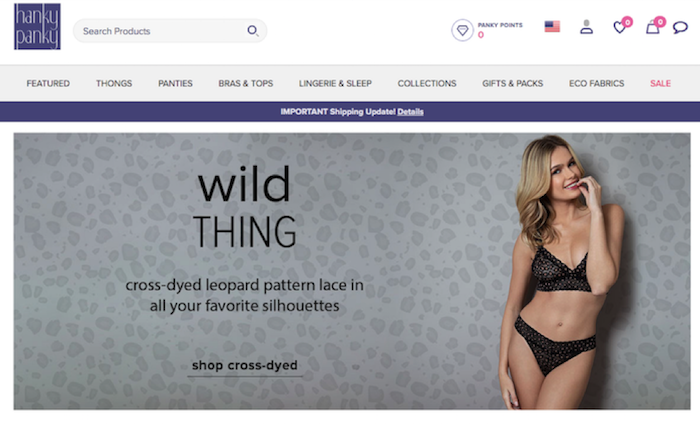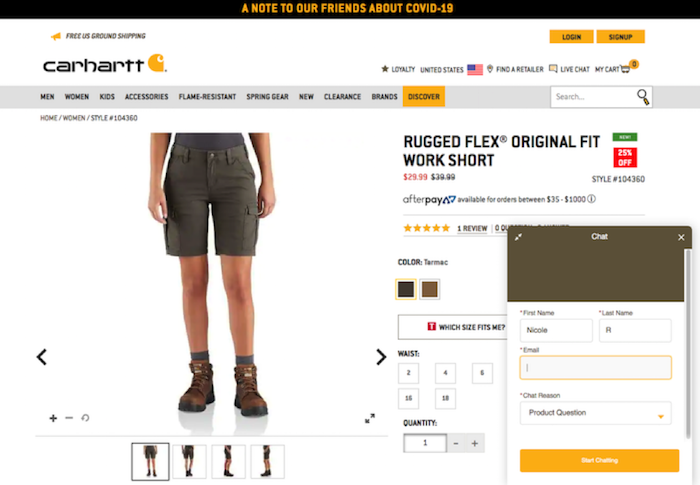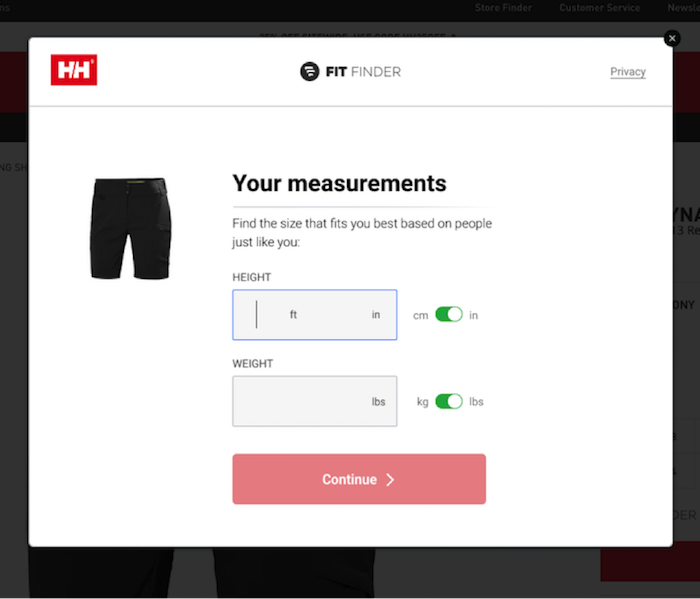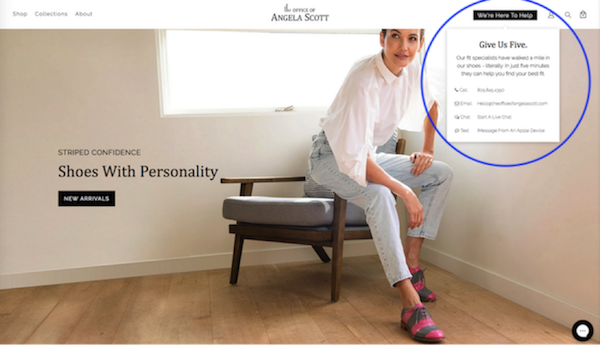How to Increase Online Sales Through Customer Service Now

Retail is in flux now like never before. In response, merchants are working to adapt to the new reality initiated by the coronavirus pandemic. The established trend of shopping online has been exponentially propelled forward. Ecommerce transactions have risen in many product categories, including home and garden, electronics, and others by over 70 percent.
It’s not easy (to say the least) to do business in an unprecedented situation, but there are ways your company can bolster its online presence and increase sales. As the adage goes, the more things change, the more they stay the same. Right now in ecommerce this is evident in customer service.
Strong customer service is one of the key ways your company defines itself from your competition. Additionally, when people have a good, memorable experience with your store, they are more likely to return. As most retailers know, it’s easier and less expensive to sell to returning customers than it is to new ones.
Customer service has always been crucial for retail success. This remains true now, as we all experience the pandemic, as well as for the time that comes after this. As a result, spending time and money to improve your company’s customer service will always be smart. But what does customer service look like now? Let’s take a look.
Remember the Service Behind Your Company’s Customer Service

Hopefully you’ve always directed your customer service from a place of empathy. But to be sure, now it’s important to review your company policy around customer service. Have you been strict about adhering to a script? If so, this is a good time to bring back the spirit of human connection through your customer service. Empower your customer service team to be able to respond to people with empathy, human-to-human. As experts note, “the emphasis must be on ‘helping, not selling’.”
At Zappos, for example, they’ve opened their customer service phone line to handle questions about ANYTHING. That’s right. People aren’t limited to calling about their products or their returns. Zappos invites them to call the helpline to talk about whatever they want to discuss. So far Zappos representatives report that they’re taking calls from people looking for dinner recipe ideas to parents with young kids who just need to “talk with an adult.”
At first glance, this all-encompassing hotline may seem irrelevant to the Zappos’ business model. But, looking forward, Zappos’ customers will remember how the company supported them during this time of crisis. Yes, this is a big company with seemingly deep pockets, but how could you scale an idea like this for your business? How can you lead your customers through service during this time?
Acknowledge What’s Going On and Communicate Your Company’s Status

Let’s suppose that you updated your company’s customer service information, including its return policy, in the first week of March. In normal times, that would be a recent update. But, given all that has happened since early March, it’s crucial to update your communications to acknowledge what’s currently happening and what that means for your company now. If you don’t have information dated since the pandemic started, your customers may assume that your company is not conducting business at this time.
For example, when customers land on the homepage for Glossier, they immediately see this announcement: “We are open and shipping!”. Next to this information is a link to find out more about their current delivery status. This link takes viewers to a page that answers common questions in light of the current situation. Right off the bat, Glossier acknowledges that, yes, while their physical retail locations are closed, they are shipping 24/7 through their online store. It’s also a great idea to update your store’s meta description as well, so customers can see that you are open for business right from their search results.
(Re)set Customer Expectations

Along with acknowledging your company’s status, it’s important to also communicate the updated terms concerning shipping, returns, etc. The good news is, as we’re all going through this together, retailers can anticipate a greater level of understanding from their customers. Most people know that nothing is working on the normal timeline.
Hanky Panky, the lingerie and loungewear retailer, highlights their updated shipping announcement right on the homepage. When customers follow the link, it reads: “We welcome you to continue shopping and placing orders on our website, but please know that there will be a delay in fulfilling and delivering orders. We have also extended our return policy to 60 days to accommodate our customers…”. The message is clear and direct. It’s also a two-way street, as they’ve extended the window for product returns. Hanky Panky has done a nice job here of acknowledging the current situation, and resetting expectations, while also giving something extra to their customers.
Additionally, because a lot has changed in a short time, it’s a good idea to timestamp your customer service page. For instance, at the bottom of the page that addresses shipping, returns, etc., add a simple line that reads: “Last updated on 4/30/2020” or whenever the last update occurred. This will let your customers know what latest developments you’re taking into account with this information.
Let Chatbots Answer the Easy Questions

As much as things are always changing in ecommerce, most retailers have consistent Frequently Asked Questions (afterall, they’re frequently asked, right?). As your company responds to these inquiries, employing a chatbot can really cut down on customer service time. Plus, over 40 percent of customers surveyed say that they prefer online chatbots because they get instant responses to their questions. Additionally, over 90 percent of people in the same survey noted that they felt satisfied by the answers they received through the online chatbot. This is an easy tool to implement into your ecommerce site, plus it tends to get a strong return on the investment.
Offer a Fit Finder to Give Customers Information Specific to Them

Specifically for wearable brands, one of the most helpful elements you can incorporate into your Product Detail Pages (PDP) is a fit finder. People want to have a clear understanding of how a shirt or a pair of pants will fit before they buy. Remember: as much as retailers don’t like returns, customers usually don’t want to deal with them either. Often that fear will keep people from finalizing a purchase because they don’t want to have to spend time and money returning it. Fit finders are like having a digital associate right there to guide them to the best choice for their size.
In the example above, from Helly Hansen, customers only need to ask a few questions to determine their best fit: height, weight, body shape, age, and favorite comparable brand. By answering these simple questions in a few seconds, the site returns with sizing recommendations. It also assigns a percentage to the best fit, i.e., “70% likelihood that size 8 will be best for you; 30% that size 10 will be best.” This really gives buyers confidence to make the right choice – and finalize their purchase.
Be Available to Customers As It Suits Them

As we’ve shown, in some cases, an ecommerce chatbot will serve your customers’ needs. Yet, in other cases, your customers may have more specific requests. Features like a fit finder will be a big help to them. But the most important thing to remember is that customer service is about your customer. With this in mind, think about how people best like to approach your store. The Office of Angela Scott does a really good job of offering people a range of ways to be in touch. First, they clearly state, “We’re here to help.” Then they let their customers choose their preferred method of contact: call, email, chat, or text. Very nice.
Customer service is about building relationships with the people who come to your online store. In light of recent developments around the coronavirus, merchants are having to adapt, and this includes with their customer service. Make sure to update your service terms to reflect your company’s status within these new dynamics. If your company needs more time than usual to ship products, for example, share that with your customers early in their buying process. Most likely people will be willing to work with your company; just don’t surprise them with delays after they’ve completed their purchase. And lastly, the fundamentals of ecommerce customer service remain in place. Give your customers all the information they need to buy. This can be through chatbots that answer a range of general questions to customer-focused features, like fit finders, that help people find their specific products.
